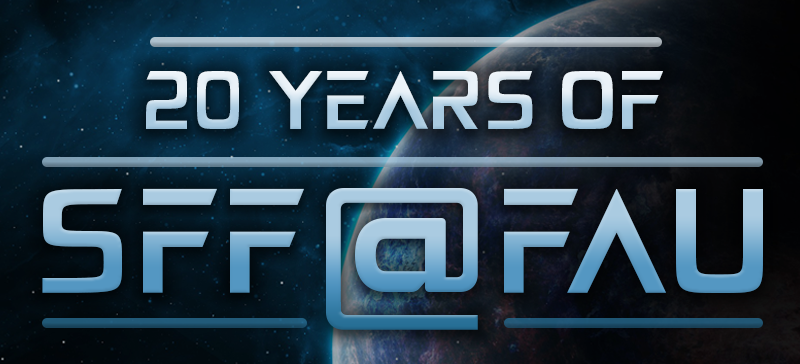Prof. Timothy Miller publishes "The Unicorn Trade: Towards a Cultural History of the Mass-Market Unicorn" in Mythlore

Congratulations to Professor Timothy Miller. on publication of his article, "The Unicorn Trade: Towards a Cultural History of the Mass-Market Unicorn" in Mythlore (volume 41; issue number 2; April 1, 2023)
Professor Miller presented a version of this paper at an FAU English Faculty Talk in 2022, and he delivered a revised version at the 2022 International Conference on the Fantastic in the Arts and at the Centre for Fantasy and the Fantastic in Scotland.
Professor Miller is very excited for his work to appear in Mythlore, in part because of the journal's committment to open access.
His abstract:
As genre fantasy congealed around a Tolkienian core in the middle decades of the 20th century, two fantastical creatures emerged as the dominant emblems of the form: the dragon and the unicorn. Either one might serve to adorn genre labels on the spines of library books, or act as the colophon for a publisher’s fantasy line. Dipping in and out of touchstone texts in the fantasy tradition such as Peter S. Beagle’s The Last Unicorn and Michael Bishop’s Unicorn Mountain, this essay will commence a preliminary exploration of the wider mass cultural adoption of one of these two creatures, the unicorn, with its distinctively fantastic iconography. In the last decade, the unicorn has established itself as a kind of genericized trademark, an instantly recognizable image used to market a variety of products. One can, for example, walk down grocery store aisles lined with unicorn breakfast cereal, unicorn frozen waffles, and unicorn desserts of all kinds, and there is a much longer prehistory behind this commoditization of the unicorn and its connections to fantasy, from the psychedelic rainbow aesthetic of American designer Lisa Frank -- which ubiquitously decorated young girl’s school supplies in the 1990s -- to the explosive global growth of the My Little Pony brand in the early 21st century. I will trace the refraction of the unicorn into such commercial spaces from its various overlapping instantiations in early genre fantasy: indeed, Karen Anderson’s 1971 poem “The Unicorn Trade” uses the image of the commodified unicorn to reflect on the emergence of fantasy publishing itself in the wake of American “Tolkien-mania” and the launch of the Ballantine Books Adult Fantasy series. In the 1960s, we find that unicorns were simply in the air, appearing prominently in works from writers as different as Angela Carter, Peter Beagle, and Shel Silverstein, and they have never left.
